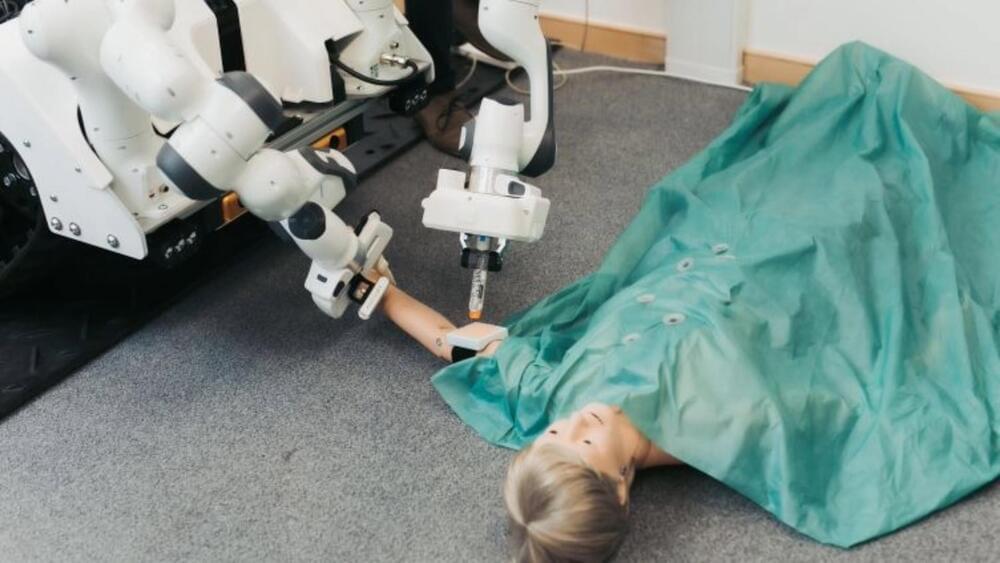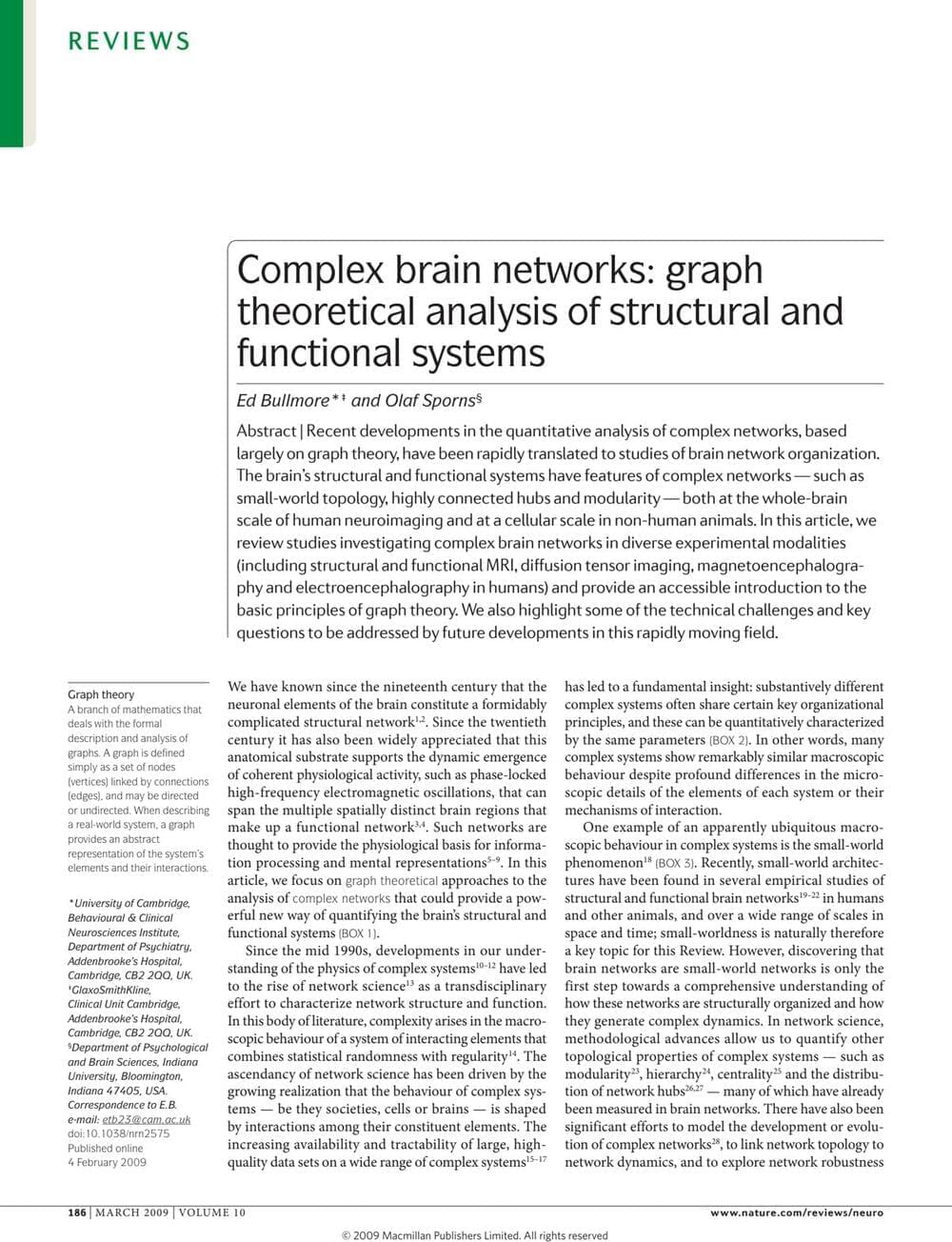A gigantic trove of passwords has been released by bad actors, and there’s a very good chance that yours is on there.
According to Troy Hunt, the man behind the excellent breach notification site “Have I Been Pwned” — which allows users to look up your email and see if and where your passwords and other user information have been compromised — it’s one of the largest collections of breached data he’s ever seen appear online.
To a data defender like Hunt, “large” is not an understatement. The cache of files, dubbed “Naz. API,” contains more than 71 million email addresses and 100 million passwords. Thus far, more than 400,000 Have I Been Pwned (HIBP) subscribers have been impacted.









